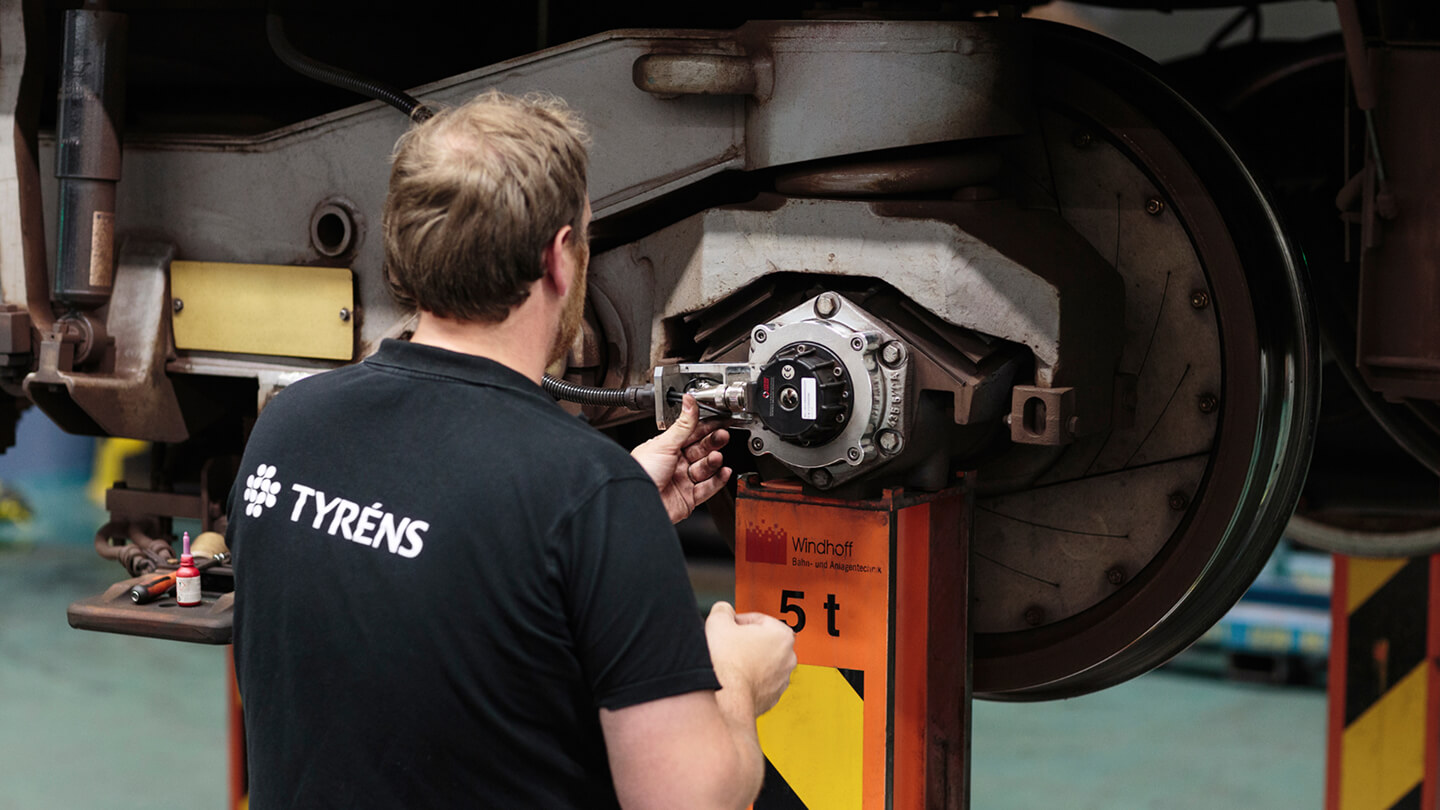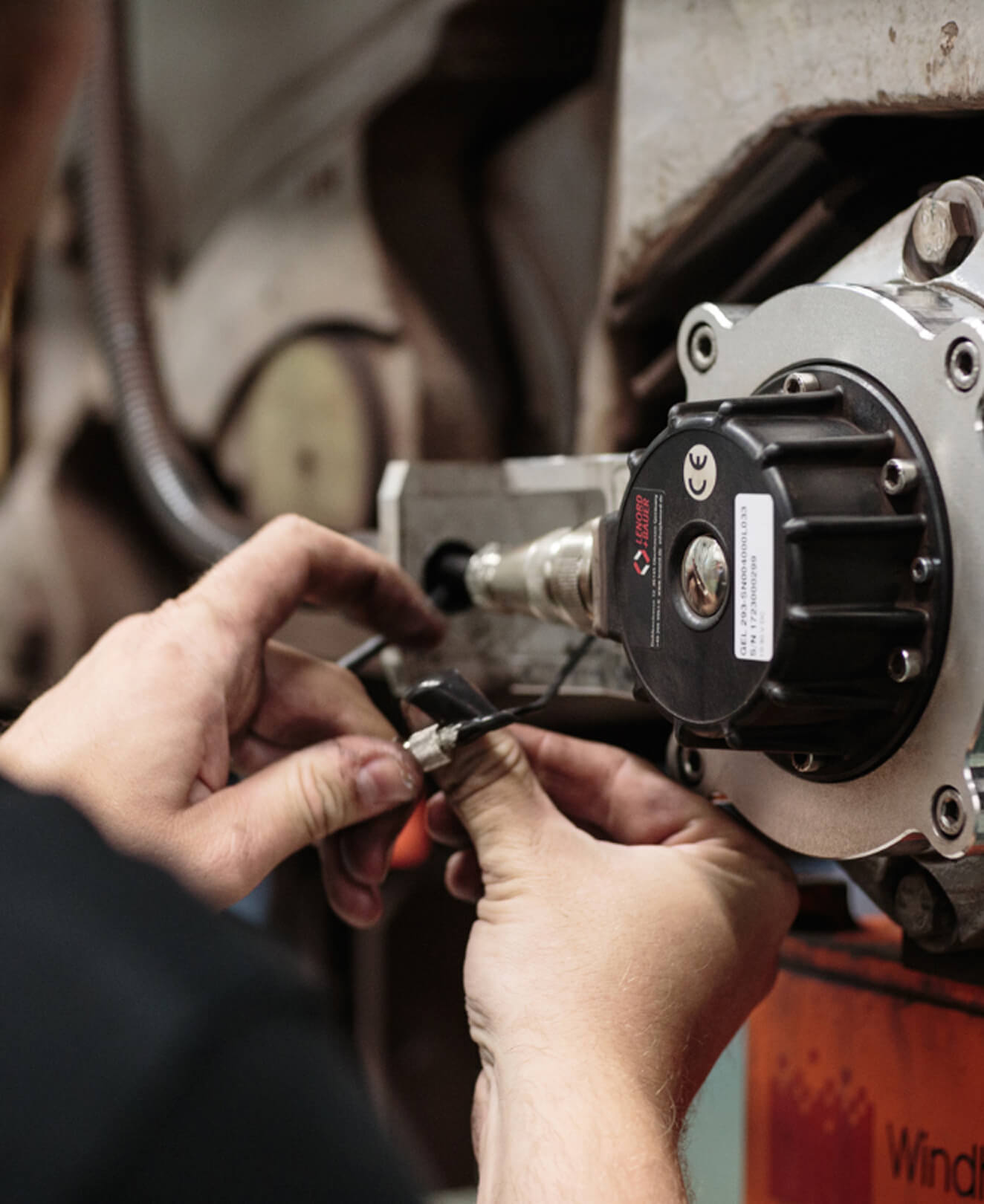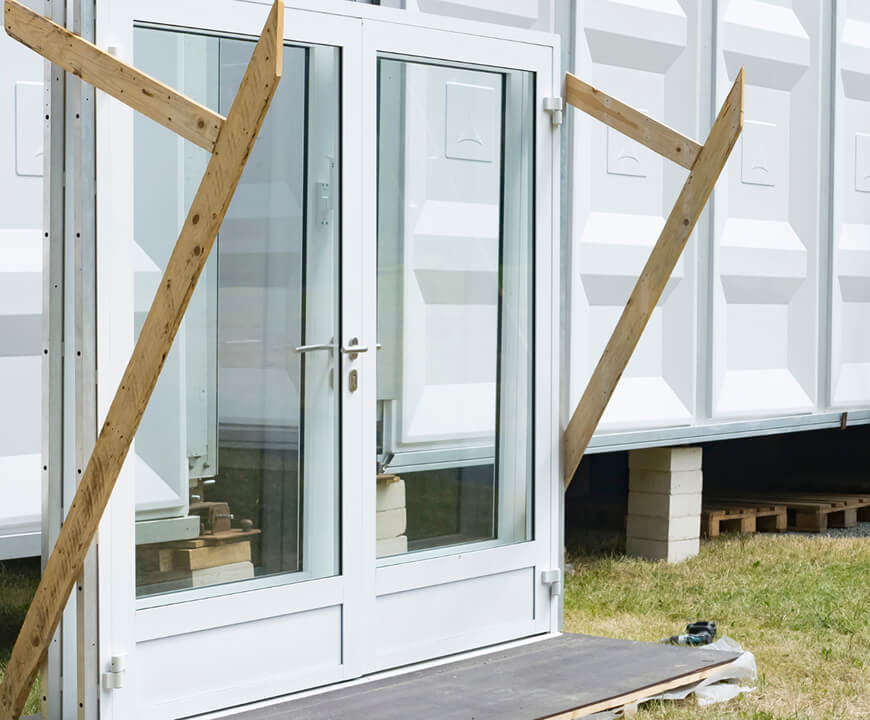
QTMS - Quiet Track Monitoring System
From data to action: Predictive maintenance for a more reliable railway.
QTMS is a comprehensive service that transforms railway maintenance by providing continuous, high-quality data from trains in operation. By converting this data into actionable insights, QTMS enables predictive maintenance, reduces traffic disruptions, and enhances the sustainability of railway infrastructure.

When inspections aren’t enough: the case for predictive rail maintenance.
Railway infrastructure is the backbone of sustainable urban mobility, yet maintaining it poses significant challenges. Traditional maintenance approaches often rely on periodic inspections and reactive measures, which can lead to unforeseen failures, service disruptions, and increased costs. The lack of continuous monitoring hampers the ability to detect early signs of track degradation, compromising safety and efficiency.
Moreover, manual inspections are labor-intensive and may not capture transient issues that develop between inspection intervals. This reactive maintenance model not only escalates operational costs but also affects passenger satisfaction due to unexpected delays. There's a pressing need for a paradigm shift towards predictive maintenance that leverages real-time data to preemptively address potential issues.
Implementing such a system requires robust data collection mechanisms, advanced analytics, and seamless integration into existing maintenance workflows. The goal is to transition from a reactive to a proactive maintenance strategy, enhancing the reliability and efficiency of railway operations.


Smarter railways start with continuous onboard monitoring.
QTMS (Quiet Track Monitoring System) offers a comprehensive solution that addresses the challenges of traditional railway maintenance. It provides continuous, high-resolution monitoring of track conditions by collecting data directly from trains in operation. This approach ensures that every meter of the track is monitored around the clock, capturing data on track geometry, vibrations, wear, and other critical parameters.
The system utilizes advanced algorithms to analyze the collected data, identifying trends, anomalies, and potential issues before they escalate into serious problems. By delivering actionable insights, QTMS enables maintenance teams to prioritize interventions based on real-time data, optimizing resource allocation and minimizing service disruptions.
QTMS's five-step service model
- Installation: Deployment of robust, certified hardware on operational trains.
- Data Collection: Continuous monitoring of track parameters, including geometry, vibrations, and wear.
- Analysis: Processing to identify trends, anomalies, and potential issues.
- Delivery: Automated reports and alerts integrated into the railway owner's systems.
- Coming soon: Concrete recommendations for maintenance actions, prioritizing interventions based on data-driven insights.
This proactive approach not only enhances safety and reliability but also extends the lifespan of railway infrastructure, contributing to more sustainable and cost-effective operations.


Impact of predictive maintenance
20% potential reduction in maintenance costs through predictive strategies.
Continuous real-time monitoring
24/7 data collection enables real-time monitoring and swift response to anomalies.
Better maintenance planning
7 Stockholm metro trains equipped with QTMS, enhancing maintenance planning and noise control.
Evolution of QTMS: from research initiative to industry standard.
The Quiet Track Monitoring System (QTMS) began as a research project in 2013, aiming to address noise issues in the Stockholm metro. Funded by the EU and the Sven Tyrén Foundation, the project focused on leveraging advanced technology and data-driven analysis to reduce noise and improve track maintenance.
By 2017, QTMS transitioned from a research initiative to a commercial product, with the Stockholm Region Transport Administration implementing the system on seven metro trains. This marked the beginning of QTMS's practical application in real-world scenarios.
Subsequent projects, such as ePilot 2018 and Testbädd Järnväg 2020, facilitated further development and testing of QTMS in various environments, including the challenging conditions of the Ore Line between Pitkäjärvi and Narvik.
In 2024, QTMS met the stringent requirements of the Swedish Transport Administration's innovation procurement, reinforcing its position as a reliable solution for digitalised and condition-based railway maintenance.
Today, QTMS is an integral part of Sweden's railway infrastructure, exemplifying how research-driven innovation can evolve into industry-standard solutions that enhance safety, efficiency, and sustainability.
Advanced monitoring for modern railways.
QTMS employs a suite of advanced technologies to provide continuous, high-resolution monitoring of railway tracks. Each equipped train can include lasers, microphones, accelerometers, gyroscopes, encoders and satellite positioning, all working in unison to collect detailed data on track conditions.
The microphones capture acoustic signals, enabling the detection of anomalies such as rail corrugation and wheel-rail noise. Accelerometers measure vertical movements, identifying issues like defective sleepers or decaying joints. The lasers measure track geometry such as alignment and gauge. The encoder emits thousands of electrical pulses per wheel revolution, facilitating precise localization of detected anomalies.
Data collected is processed onboard and transmitted to a central database in Tyréns' backend solution. This system allows for real-time data storage, alarm generation, graphical presentation of measurement data and the dispatching of insights to the client, ensuring that maintenance teams have immediate access to actionable insights.









